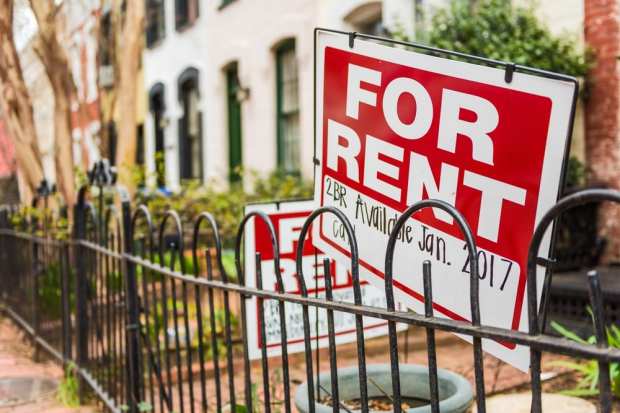How To Get DIY Landlords To Play The Digital Payments Game

Pain comes in many forms, including through anticipation. That holds true for the world of payments, even in this golden age of digital transactions and commerce.
One of the best ways to make a landlord wince is to keep them wondering when the rent check arrives. Don’t worry — tenants take part in the fun as well. Talk to a tenant — especially one younger than, say, 35 — and, chances are, one is in store for tale about taking heat from a landlord because the rent check supposedly never reached its final destination.
Real estate is a large, increasingly digital ecosystem that is full of pain points and friction — including the ones described above. However, as Nishant Phadnis, general manager of Rentals.com, discussed in a new PYMNTS podcast with Karen Webster, a new way of doing rental payments can help with the seemingly never-ending task of introducing more seamlessness into rental situations. That, in turn, can lead to happier landlords and tenants — and more loyalty toward a given real estate digital marketplace.
New Payments
“Rental payments [are] a ripe opportunity” to make the entire rental journey much more seamless, he told Webster. Indeed, in late 2018, Rentals.com began to offer digital payment options to tenants, but it soon became clear that it needed to do more. While renters were signing up to use the feature, landlords were less enthusiastic — at least, in general.
That said, let’s not hold too much against those landlords. Their loyalty to paper checks often speaks to their own situation, not some odd, retro love of what feels, at this point, like a primitive method of paying for anything, including rent.
As Phadnis noted, some 80 percent of landlords still use paper payment methods, which, he said, “we found to be unacceptable.” He added that many of the property owners listing rentals on the digital marketplace are “DIY landlords,” which means they typically have a single property to rent (maybe via an inheritance), and don’t have a business operation to support them.
“A lot of them don’t even think of themselves as a business,” he said.
Not only that, but about 70 percent of those landlords are older than 45 — and at least 50 percent of rentals are taken by tenants younger than 30.
The generation gap in payment methods and expectations are pretty obvious, and can lead to frustrations on both sides if not handled in a pragmatic and pleasing way to both the marketplace suppliers and buyers. After all, when renters — especially younger, mobile-centric ones — secure a rental from an online marketplace, it’s understandable that they expect to be able to pay their rent via digital methods. That includes such features as autopay, which Rentals.com offers via its RentPay.
In addition, landlords, who can often grow impatient waiting for a check and wondering if it will get lost in the mail, can benefit from the transparency of a digital marketplace in terms of it telling them exactly where that check is on its journey.
Phadnis told Webster that this called for a pivot in how it worked with these landlords to go digital. RentPay, powered by YapStone, enables renters to pay landlords online via debit, ACH or credit card, with Rentals.com taking responsibility for those payments. In other words, even if a landlord does not accept digital payments (and is married to paper checks for one reason or another), the tenant can still select their preferred payment method to satisfy the monthly payment requirements of the lease.
So far, the RentPay payment breakdown goes like this: 80 percent ACH and 20 percent credit cards, he said. Yet, as more, younger consumers get into rentals (consumers who generally don’t have large stores of cash reserves, which are often vital in the initial rental period), he expects a shift to a 50-50 mix of ACH and credit cards.
Larger Goals
There is a larger point to all this as well, Phadnis said: the ongoing construction of a digital ecosystem for real estate, one of the big trends in digital payments and commerce, which has seen companies, such as Rentals.com and others, become handlers of payments and large transactions (including the purchase of homes by people looking for new digs, as PYMNTS has covered). The larger idea, Phadnis said, is to reduce friction, and introduce seamless transactions and commerce along “the entire real estate journey.” That includes a multitude of pain points, not the least of which involve setting up utilities and finding moving services (for tenants), and crafting legally correct leases (for landlords).
Those are among the general goals that Phadnis described to Webster, though he wouldn’t give details about what the future holds. That said, it’s also important to keep sight of the main tasks at hand, even as the digital ecosystem for real estate grows, and more companies compete fiercely for market share.
“We [will still] be a listing company — that’s our core competency,” he said. Speaking of RentPay, “this is [an] additional service that will become a core competency as it grows.”
Finding good rentals and good tenants is never easy. Good tenants and good landlords are often hard to come by, making them both a premium. Better payments can help with those tasks, and ensure that the real estate journey doesn’t have to be as painful as it used to be.
